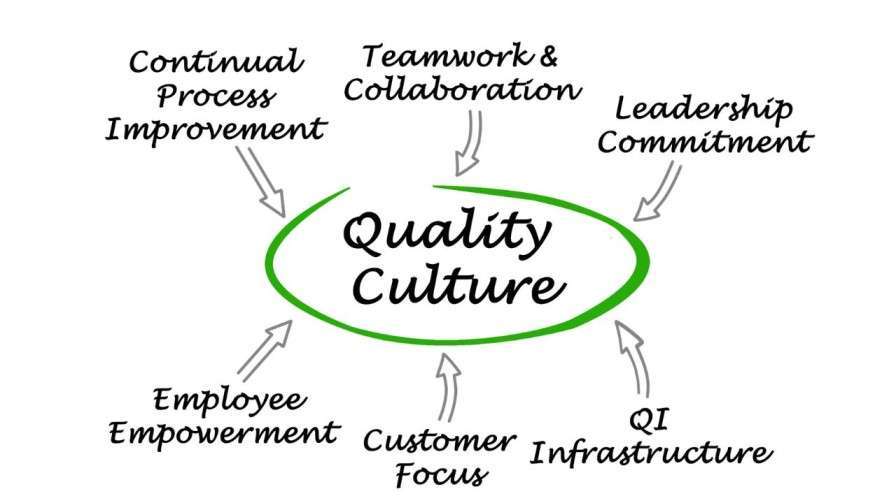Introduction: Quality Circles
Quality Circles offer a dynamic platform for employee engagement and continuous improvement. Discover the transformative potential of Quality Circles, explore industry best practices, and unlock the key to driving innovation and excellence in your organisation.
Thank you for reading this post, don't forget to subscribe!Unveiling Quality Circles: Fostering Employee-Led Improvement
Quality Circles are small groups of employees who voluntarily come together to identify, analyze, and solve work-related problems. Originating from Japan in the 1960s, Quality Circles promote teamwork, creativity, and ownership, empowering employees to contribute to organisational success.
Key Principles of Quality Circles
-
Employee Involvement
Quality Circles thrive on active employee participation and engagement. By involving frontline workers in problem-solving and decision-making processes, organizations tap into a valuable source of knowledge, experience, and creativity.
-
Continuous Improvement
At the heart of Quality Circles is a commitment to continuous improvement. Through regular meetings and discussions, members identify areas for improvement, develop solutions, and implement changes to enhance processes, products, or services.
-
Management Support
Management support is essential for the success of Quality Circles. Leaders play a crucial role in facilitating the formation of Circles, providing resources and guidance, and recognizing and rewarding the contributions of Circle members.
Implementing Quality Circles: Practical Strategies for Success
-
Establish Clear Objectives
Define the objectives and scope of Quality Circles, ensuring alignment with organizational goals and priorities. Encourage Circle members to focus on specific areas for improvement that have a direct impact on quality, productivity, or customer satisfaction.
-
Provide Training and Support
Offer training and support to help Circle members develop problem-solving, communication, and teamwork skills. Provide access to tools, methodologies, and resources to facilitate the problem-solving process and empower Circle members to drive change.
-
Foster a Culture of Collaboration
Create a supportive environment where open communication, trust, and collaboration flourish. Encourage sharing of ideas, feedback, and best practices among Circle members and across departments to promote learning and continuous improvement.
Real-World Impact of Quality Circles: A Case Study
Let’s examine the success story of ABC Manufacturing, a company that implemented Quality Circles to improve quality and productivity in its production processes. By empowering employees to identify and address issues, ABC Manufacturing achieved a 15% increase in productivity, a 20% reduction in defects, and a significant improvement in employee morale and engagement.
Conclusion: Drive Excellence with Quality Circles
In conclusion, Quality Circles offer organizations a powerful mechanism for employee engagement, problem-solving, and continuous improvement. By harnessing the collective wisdom and creativity of employees, organizations can drive innovation, enhance quality, and achieve excellence in today’s competitive business landscape.
 hroptimum
hroptimum





